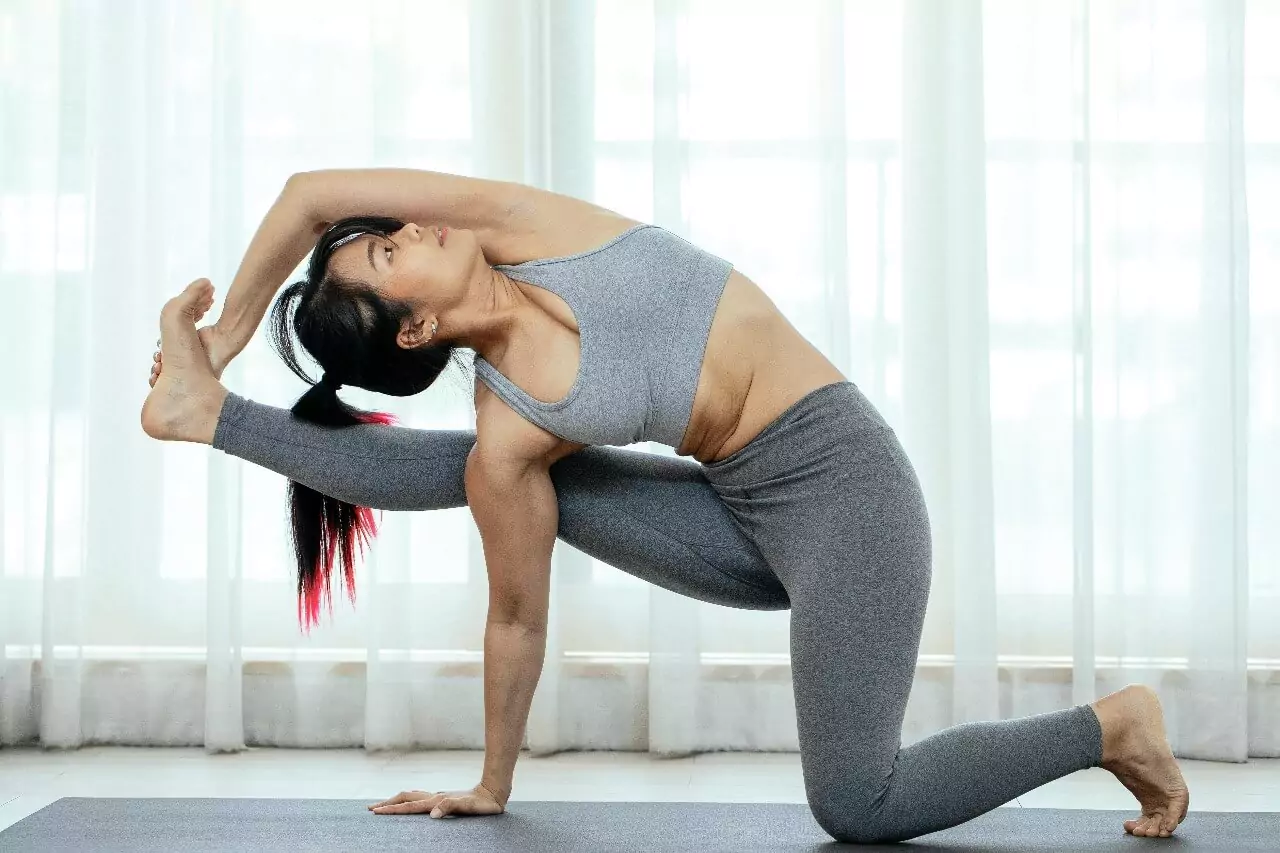When you hear “cardio,” what’s the first thing that comes to mind?
Is it gasping on a spin bike, sweating buckets during a HIIT session, or those viral “death-by-burpees” TikToks?
Yeah… same.
But what if I told you that one of the most effective ways to get fitter, live longer, and burn fat doesn’t involve sprinting, suffering, or collapsing in a puddle of your own exhaustion?
Welcome to the magic of Zone 2 training—aka the chill, underestimated, slow-burning secret weapon of athletes, scientists, and increasingly, regular people like us who just want to feel good and live long without hating every workout.
Wait… what even is Zone 2?
Imagine this: You’re walking briskly, chatting with a friend. You’re moving, breathing a bit harder, but you’re not panting or gasping. You could do this for hours if someone bribed you with podcasts and snacks.
That’s Zone 2.
Technically, it’s when your heart rate is around 60–70% of your max. But more simply? It’s the “I could keep going forever” zone. Not too easy. Not too hard. Just enough to get your engine humming without frying your circuits.
But isn’t high-intensity the holy grail?
We’ve all heard it: “Go hard or go home.” HIIT is sexy. It’s quick. It hurts (in that “I earned this protein shake” kind of way). But—plot twist—HIIT isn’t the only way to upgrade your fitness.
In fact, elite endurance athletes, mountain bikers, and even soccer players have found that slow and steady Zone 2 work gives massive boosts to performance, VO2 max (aka oxygen power), fat burning, and recovery.
Think of it like this:
- HIIT is a race car: fast, flashy, and thrilling… but needs a pit stop every few laps.
- Zone 2 is a hybrid engine: smooth, consistent, and goes for miles.
You need both. But it’s Zone 2 that quietly builds the foundation. 💪
Here’s where the science gets fun.
Your body uses different fuels depending on your heart rate zone.
- In Zone 2, you’re mostly burning fat for fuel. Yes, really.
- Go too high (past something called VT1—your “ventilatory threshold”), and you start dipping into glucose reserves. That’s when the burn kicks in, lactate builds up, and the dreaded DOMS (delayed onset muscle soreness) comes knocking.
But in Zone 2? You’re cruising. Efficient, clean-burning, endurance-building cruising.
Aha moment: Your body wants to burn fat here. It’s easier, more efficient, and doesn’t leave you feeling like a truck hit you.
More mitochondria, please.
Zone 2 is like a full-body upgrade for your cellular engine.
Every session signals your body to build more mitochondria—tiny energy powerhouses that help your cells burn fat and glucose better. More mitochondria = better metabolism = more energy = superhuman status unlocked.
Also, Zone 2 helps clean up old, busted mitochondria. This process (called mitophagy) is like Marie Kondo for your cells—out with the sluggish, in with the snappy. And yes, it’s deeply linked to preventing insulin resistance and even Type 2 diabetes.
Speaking of insulin…
Zone 2 is a glucose disposal machine.
When you train in this zone, your muscles soak up sugar like a sponge—even without insulin’s help. That’s key if you’re trying to manage blood sugar, avoid energy crashes, or reverse metabolic issues.
After a Zone 2 session, your cells get better at opening their doors to glucose, thanks to magical little transporters called GLUT-4. The more consistently you train, the more GLUT-4s you have—and the easier it is to manage sugar spikes and cravings.
Big win: You can literally walk off a blood sugar spike. That’s Zone 2 magic.
Want to live longer? Stay in the zone.
A huge study (120,000+ people!) found that people with high cardiorespiratory fitness lived years longer than those with low fitness—even if they had other risk factors.
And guess what builds that fitness? You got it—Zone 2.
Your heart gets bigger, stronger, and more efficient. You increase your VO2 max, reduce resting heart rate, and build a cardio base that helps you do everything better—from lifting to parenting to surviving a red-eye flight with toddlers.
Okay, I’m intrigued… how do I do this?
Step 1: The Talk Test
Go for a walk or light bike ride. Try speaking a 15-word sentence out loud.
- If you can say it comfortably? Stay there or go a bit faster.
- If you’re gasping or breaking it up? You’re out of Zone 2.
That sweet spot—where you can still talk, but feel like you’re working—is your Zone 2.
Pro tip: This zone is different for each activity. Your cycling Zone 2 might be higher than your walking Zone 2. Test and adjust for each.
How to Zone 2 Like a Pro
- Do it 3–5x per week. Aim for 20–60 minutes a session. Even just a walk after dinner counts.
- Use any cardio you enjoy. Walking, cycling, rowing, swimming, elliptical… pick your flavor.
- Don’t overdo it. It’s not about speed—it’s about consistency.
- Mix and match. Lift on some days, Zone 2 on others. They complement each other like peanut butter and dark chocolate.
Why everyone should Zone 2 (yes, even you)
You don’t need to be an athlete. Or super fit. Or own fancy gear.
Zone 2 is for everyone—beginners, seasoned gym rats, busy parents, tech bros, and weekend warriors alike. It’s forgiving, effective, and doesn’t leave you dragging the next day.
If there’s one kind of exercise that ticks the boxes for fat burn, longevity, endurance, heart health, insulin sensitivity, and more—it’s this.
Mic drop moment: If cardio feels like punishment, you’re probably doing it too hard. Try slowing down to speed up your health.
TL;DR?
Zone 2 is the unsung hero of fitness. It’s gentle, powerful, and surprisingly transformative.
So the next time someone says “real workouts have to be intense,” smile, nod… and go for a brisk walk.
Your mitochondria will thank you.






